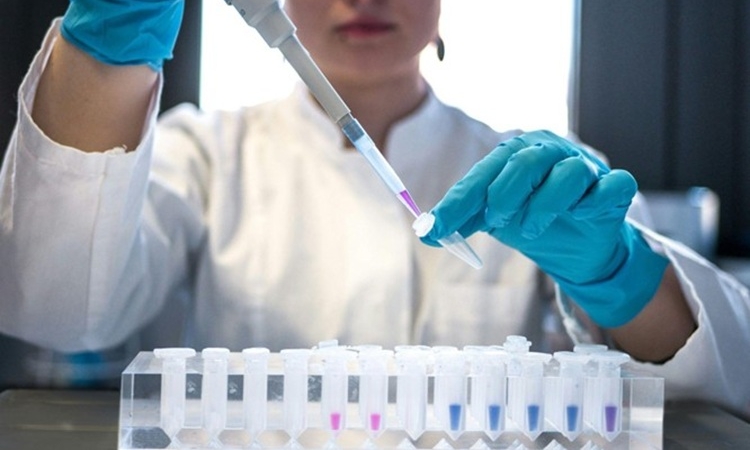Planning a university research lab relocation is a complex process requiring precision and coordination. Relocating fragile instruments and sensitive biospecimens requires meticulous attention to every detail. The goal is to plan carefully so teaching, grants, and experiments continue without major delays. With the right lab relocation services and preparation, it’s possible to minimize downtime and protect ongoing research.
Assemble the move team and define the scope
The first step in a successful university lab relocation is getting the team on the same page. Include:
- Principal investigators
- Lab managers
- Environmental health and safety (EH&S) staff
- Facilities management and IT
- A professional laboratory moving company experienced with medical equipment moves
Assign clear roles and responsibilities early, from inventory tracking to equipment decontamination.
Next, outline your timeline and define what will be moved, what will be decommissioned, and what can be replaced at the new location. Early planning gives your departments the opportunity to align research schedules and minimize the risk of lost productivity.
Tip: Begin planning at least six months in advance to secure vendor availability and align schedules across multiple departments.
Create a detailed inventory and handling plan
A thorough inventory prevents confusion and safeguards research materials. Make sure that all of the following are cataloged:
- Equipment, instruments, and consumables
- Chemicals, reagents, and hazardous materials
- Samples, specimens, and biological materials
For temperature-controlled assets such as cryogenic freezers and biospecimens, coordinate cold chain logistics for laboratories. Ensure every item has a unique label and destination tag to maintain chain of custody during the move.
Work with EH&S to identify and prepare hazardous materials that need special handling, including:
- Fume hoods and biosafety cabinets
- Radioactive or chemical substances
- Items that must be neutralized or decontaminated before they can be moved
Tip: Use barcode or RFID tracking to oversee the transport and delivery of your samples and equipment.
Coordinate safety and regulatory compliance
 To ensure your move meets strict safety and compliance requirements, communicate early with the following:
To ensure your move meets strict safety and compliance requirements, communicate early with the following:
- EH&S and campus risk management teams
- Institutional Review Board (IRB) and Institutional Animal Care and Use Committee (IACUC), if applicable
- Regulatory authorities for hazardous materials transport
It’s essential to document every step, including chemical inventory updates and the decommissioning of lab equipment. Before relocating, verify that your new lab space provides the following:
- Proper ventilation and exhaust systems
- Adequate power, grounding, and temperature control
- Secure data connections and emergency systems
After your equipment is installed in your new location, schedule instrument calibration and validation to confirm performance and accuracy.
Tip: Plan relocations between academic terms or during research downtimes to reduce interruptions and protect experimental timelines.
Manage logistics and execution day
On move day, coordination is key. Your laboratory moving and logistics partner should provide the following services:
- Specialized packing and crating for fragile instruments
- Climate-controlled vehicles for sensitive equipment
- Experienced medical equipment movers to manage setup and transport
Label each workstation, instrument, and freezer so it’s clear where everything belongs in your new lab. Work side by side with your movers to make sure biospecimens stay at the right temperatures and that your equipment is well-protected from bumps or vibration along the way.
After the move, complete a walkthrough to verify:
- Equipment placement and power connections
- Environmental conditions and calibration checks
- Sample integrity and updated inventory records
Tip: Select one lab manager or principal investigator to be your on-site point person while the movers handle transport. A single point of contact ensures clear communication to keep errors at a minimum.
Professional support for university lab relocation services
A university laboratory relocation requires precision, safety, and expertise in regulatory compliance. Working with a professional moving and logistics partner with specialized laboratory moving experience in complex scientific environments will protect research integrity and minimize downtime.


